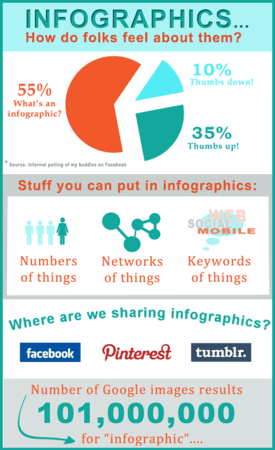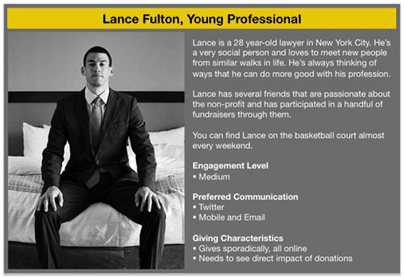Nonprofits know that fundraising copy is an essential part of communications for any campaign. While images and video are often great attention-grabbers, it's the accompanying words that can be the clearest way to share an important message. Here are top tips from the professionals to make sure your copy is effective as possible!
Secret #1: Emotional concepts are most powerful

Concept is all about having one clear message. A successful concept clearly defines your message and the action you want people to take next.
Once you have a clear concept, you can envision how you want to share it in order to motivate your reader. Whether you aim for a straightforward, funny, imaginative or deep message, your goal should be to bring out emotions in your reader. This means the copy itself should be emotional!
Storytelling tactics are often very effective at bringing out emotion. Why not try something as simple as laying out a problem and presenting the solution your donors can be a part of?
Want to learn more about storytelling? Check out our free webinar: 'Discovering Your Story: Best Ways to Source, Cultivate and Present'
Secret #2: Statistics are great, but only to a point
Your organization might have a slew of impressive statistics to back up the importance of your cause. Statistics can add drama and scale, but bombarding your reader with numbers can overwhelm them and reduce their emotional reaction.
Statistics are absolutely valuable tools in your fundraising copy, but using too many can lead to quickly diminishing returns. If you do have a lot of statistics you think are important to share, try including them in a creative infographic!

Secret #3: Profile your audience
Effective copy depends on the reader - what appeals to one person may not interest another.
A great way to understand your audience is to a build a persona to represent them. Create a "user profile" of an imaginary character compiled of characteristics you know about your audience. Your profile may include typical demographic information like, average age, gender, location, habits and interests.

Once you have built a profile of your typical reader, you can build your copy so that it talks about the issue in a way that will appeal to them and their perspectives. Choose language and a writing style they will respond to best.
For example, good copy for the persona of Lance Fulton might include discussing how he and his friends can make a difference - as we know he has many friends involved in the cause and is a very social person. We could also appeal to his giving characteristics by providing clear information about how his donation will make an impact.
Secret #4: Anticipate and answer questions
Since fundraising copy is often a one-way communication, it may be tough for your readers to get answers to any questions your story might provoke. If a reader is on the fence about making a donation, missing information could discourage them from giving.
Try to think about any questions the reader may have so that you can include the answers within your copy. These answers may fit into other areas of your copy, or may fit better in a Frequently Asked Questions section.
What might your readers want to know? It could be everything from more about your organization's background, and its trustworthiness to how their donations will be used.